Water chestnut farming methods and precautions
Last Update :2024.05.08
Article Catalog
3. Problem diagnosis and treatment
Soil: Water chestnuts are highly adaptable and can grow well in most soils. Light: Sufficient sunlight will help its bulbs grow better. Temperature: It prefers a warm growth environment and can grow better in an environment of 20℃. It is more sensitive to cold, so be careful to protect it from the cold in winter. Moisture: A humid environment is more suitable for its growth. When planting, it can be planted in paddy fields or ponds.
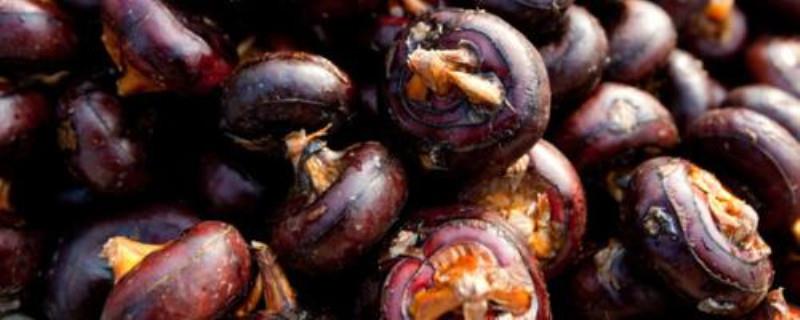
1. Maintenance methods
1. Maintenance methods
1. Soil: Water chestnuts do not have very high soil requirements and can grow well in most soils. Use garden soil and a small amount of fine sand mixed with The prepared soil is enough. Be careful not to make the soil too heavy, which will affect the taste of the bulbs.
2. Lighting: Its growth needs to be in a place with good lighting to meet the growth needs of the bulb. You can usually place it in a location with better lighting conditions such as the balcony to avoid growing without sunlight for a long time. Can.
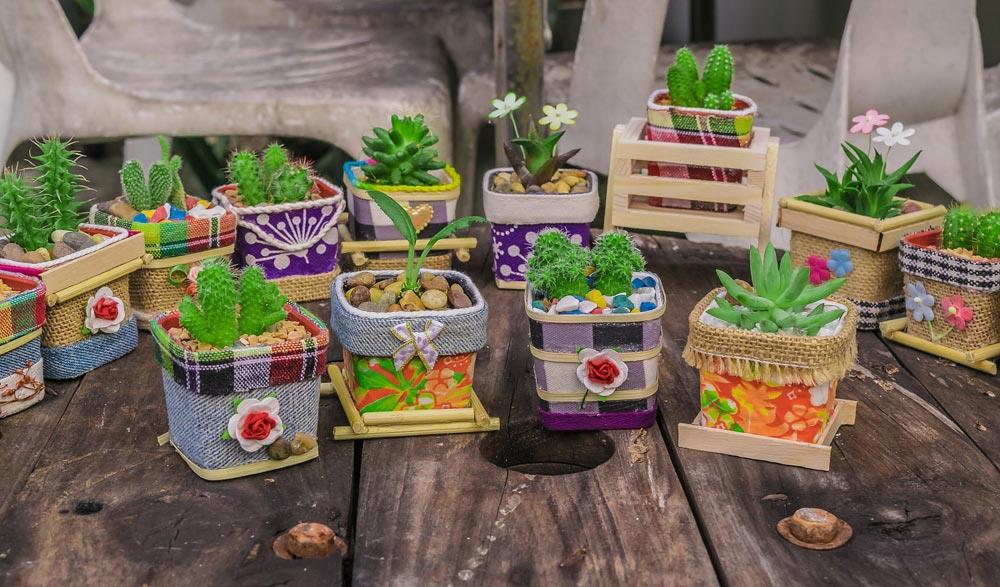
3. Temperature: A warm environment is more suitable for it For growth, the breeding temperature can be kept at around 20°C. It is very sensitive to cold. In winter, try to move it indoors for maintenance and pay attention to cold protection.
4. Moisture: It likes a humid growth environment. Many of them are planted in paddy fields or ponds, so try to provide it with sufficient moisture when breeding, especially in hot summer weather. Make sure it is adequately hydrated.
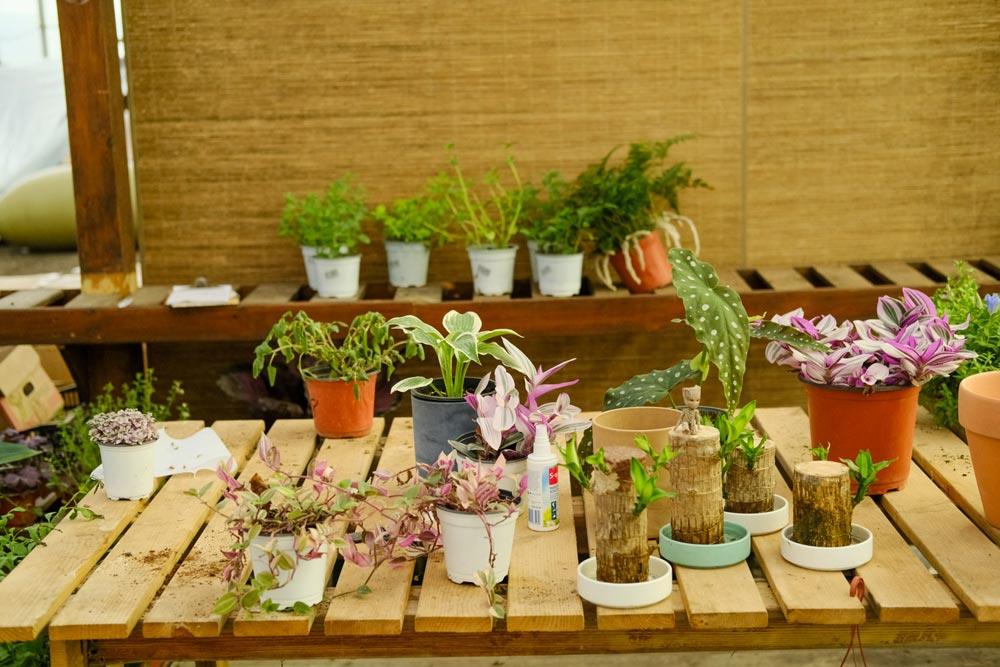
2. Breeding skills
1 . Propagation: Water chestnuts are generally propagated by their bulbs. Choose good quality bulbs weighing more than 15 grams, soak them with carbendazim for sterilization, and then perform indoor germination, and then sow them.
2. Germination: Germination is usually carried out indoors. Spread 10cm of straw, arrange the water chestnut buds on top, spread another layer of straw on top, put the water chestnuts on it, repeat three or four layers, every day Drench it with water and keep it moist. When its buds grow to about 4 cm, you can plant it.

3. Problem diagnosis and treatment
1 Diseases: Stem rot is more harmful to it. This disease is more likely to occur in high temperature and high humidity weather, and the onset speed is several blocks. If it is discovered late, the whole bead will be hopeless. In the early stage, you can use 50 % carbendazim 500-1000 times for spraying.
2. Pests: The common ones are borers, grasshoppers, etc. Pests are not very harmful to them. Just catch them and kill them in time when they are discovered, or use omethoate for control. Can.
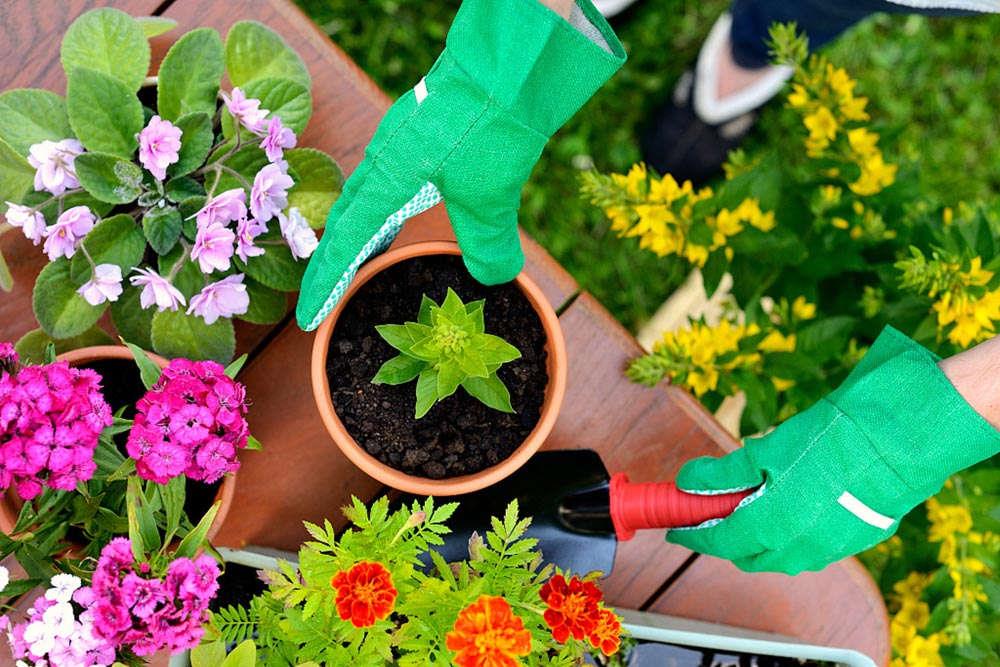
4. Other questions
1 2. Edibility: Water chestnuts are edible and can be cooked with many ingredients. However, it should be noted that it is a cold food and it is best not to be eaten by women during menstruation.
2. Is it toxic? Water chestnuts are non-toxic and their bulbs are edible. They taste very good after being cooked and can be cultivated and eaten with confidence.
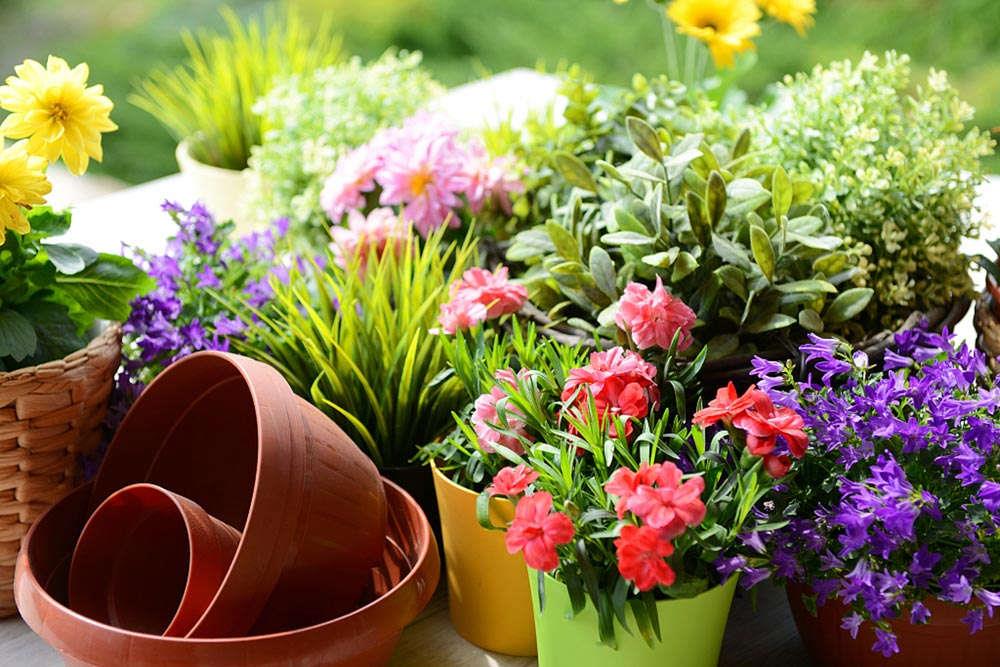
2. Breeding skills
3. Problem diagnosis and treatment
4. Other issues
- END -
Breeding methods and precautions for Terosama White

Temperature: Sunflower is not cold-tolerant, and the maintenance temperature shoul...
Jianlan Luzhou Fragrance Must-Keep Varieties

1. Yongfusu: Yongfusu has a unique floral scent, wide and thick leaves, larger flo...